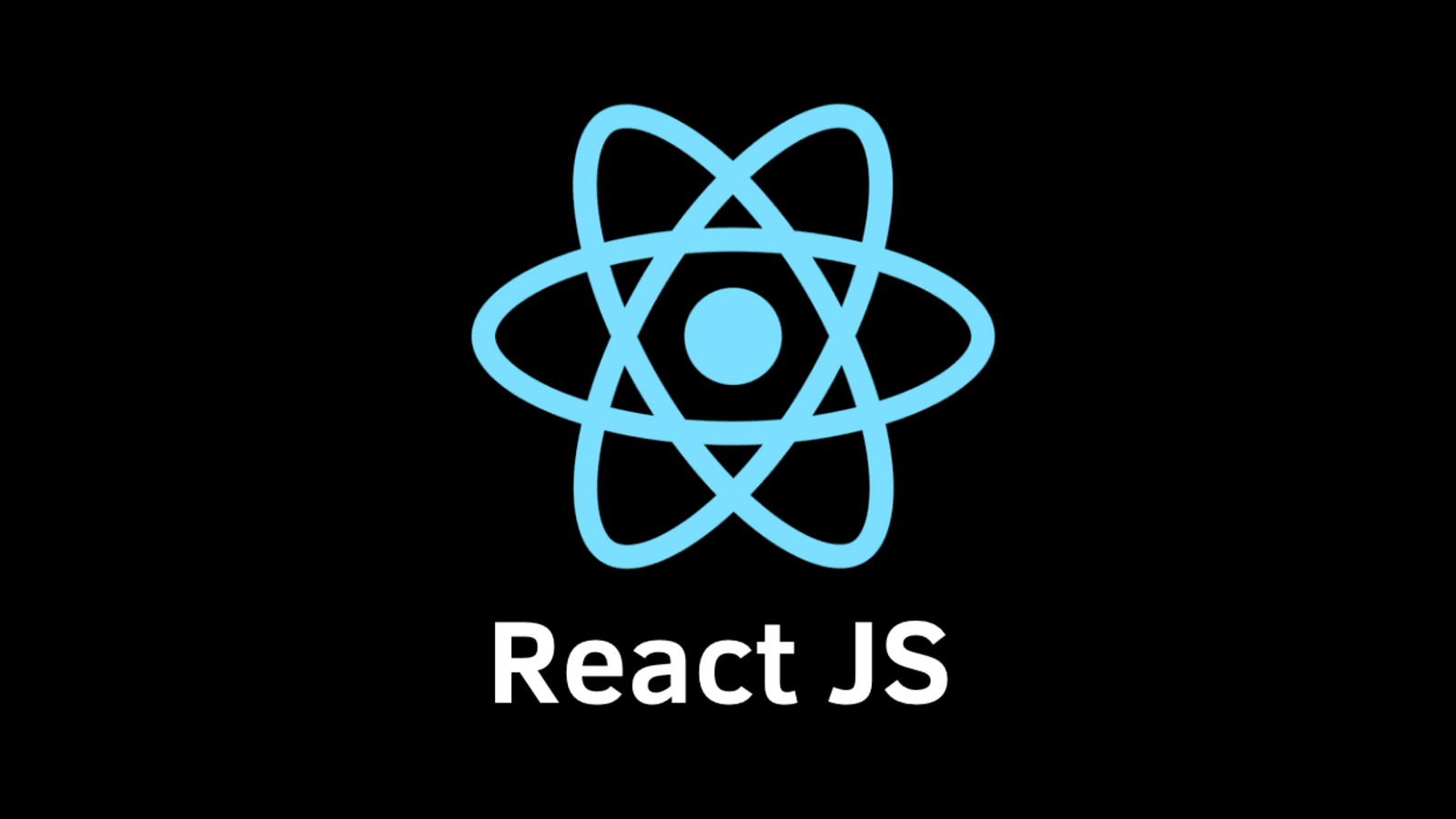
Architecting Your React Project: A Guide to Effective Structure
In the realm of frontend development, React reigns supreme, empowering developers to create dynamic and interactive user interfaces. But mastering React necessitates navigating its intricate project structure, the foundation upon which your application thrives. This blog acts as your architectural compass, guiding you through various approaches to structuring your React project, highlighting their strengths and considerations, empowering you to choose the optimal structure for your needs.
Understanding the Why:
Before diving into specific structures, let’s demystify the “why.” A well-defined project structure promotes several key benefits:
- Maintainability: A clear and organized structure simplifies code navigation, refactoring, and collaboration, especially for larger projects.
- Scalability: As your project grows, a flexible structure adapts seamlessly, preventing codebase chaos.
- Organization: Logical grouping of components, utilities, and assets fosters code clarity and reduces cognitive load.
Common Structure Approaches:
Now, let’s explore three prominent approaches to structuring your React project:
1. The Basic Flat Structure:
- Suitable for small-scale projects or prototypes.
- Components, utilities, and assets reside in the same directory.
- Pros: Simple and quick setup, ideal for learning or rapid iteration.
- Cons: Can become unwieldy as the project grows, leading to maintenance challenges.
2. The Feature-Based Structure:
- Organizes components and related assets by features (e.g., login, dashboard, product listing).
- Each feature has its own directory containing subdirectories for components, styles, and tests.
- Pros: Promotes modularity and maintainability, simplifies collaboration on specific features.
- Cons: Can lead to directory duplication if features share common components.
3. The Component-Driven Structure:
- Prioritizes components as the primary building blocks, grouping them by type (e.g., atoms, molecules, organisms).
- Components reside in a dedicated directory, with separate directories for utilities, styles, and assets.
- Pros: Encourages reusability and component independence, fosters a more atomic design approach.
- Cons: May require additional effort to map components to specific features in larger projects.
Beyond the Basics:
While these represent common approaches, remember that flexibility is key. Consider these additional factors:
- Project size and complexity: For larger projects, feature-based or component-driven structures offer more advantages.
- Team size and communication: If collaboration is crucial, a well-defined and documented structure ensures clarity.
- Personal preferences and familiarity: Choose a structure that resonates with your team and aligns with your coding style.
Pro Tips for Effective Structure:
- Keep it consistent: Enforce a consistent structure throughout your project to avoid confusion.
- Document your structure: Clearly document your chosen structure and its rationale for future reference.
- Utilize linting and formatting tools: These enforce code style and structure conventions, preventing inconsistencies.
- Adapt and evolve: As your project matures, be prepared to adapt your structure to meet changing needs.
Remember: The perfect structure doesn’t exist. Choose the approach that best aligns with your project’s characteristics, team preferences, and your ongoing development journey. Experiment, explore, and refine your structure as you learn and grow, ensuring your React projects remain maintainable, scalable, and enjoyable to work with.
Beyond this Blog:
This blog serves as a stepping stone in your quest for React project structure mastery. Remember:
- Explore community resources and sample projects to see various structures in action.
- Experiment with different structures on smaller projects to gain practical experience.
- Contribute to open-source projects with established structures to learn from best practices.
By embracing continuous learning and experimentation, you’ll evolve into a React developer who crafts well-structured projects that stand the test of time, empowering you to build exceptional user experiences.






